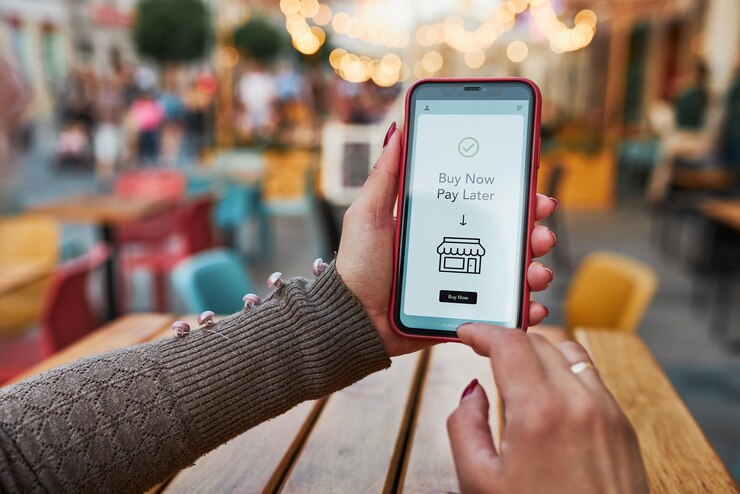Home Loans vs. HELOCs: What’s the Right Pick for You?
Learn the key differences between home loans and HELOCs. Find out which one fits your financial goals and helps you.
Let’s make sense of home loans and HELOCs!
Your home isn’t just a cozy place to live–it’s also a pretty powerful financial asset.
If you’re thinking about accessing that value, maybe to tackle a renovation, consolidate debt, or even fund a big life goal, you’re probably weighing two options: a home loan or a HELOC.
Both are great in their own way, but they work differently, and that’s where things can get a bit tricky. Don’t worry – I’ve got your back!
Let’s break this down in plain, no-nonsense terms so you can pick what’s best for you.

Home Loans: The classic choice
Let’s start with home loans (or mortgages, as they’re often called). These are pretty straightforward. You borrow a fixed amount of money, get it all at once, and pay it back over a long time – usually 15 to 30 years.
What makes them tick?
- Lump sum upfront: You get the whole amount in one go. It’s perfect if you need a lot of money at once.
- Predictable payments: If you like consistency, this is your jam. Your payments stay the same (as long as you choose a fixed-rate loan).
- Long-term commitment: It’s a marathon, not a sprint. You’ll be paying it off for a while.
- Purpose-built for homes: These are best for buying or refinancing your house.
Why it’s great:
- Easy to budget for since payments don’t change.
- Fixed rates mean no surprises.
- Perfect for buying a home.
The downsides:
- Once you get the money, that’s it. No going back for more.
- Closing costs can be a bit steep.
- Not ideal if you need funds little by little.
HELOCs: The flexible friend
Now, let’s talk about HELOCs (Home Equity Lines of Credit). Think of these like a credit card tied to your home’s value.
You borrow as you need, pay it back, and borrow again during the draw period (usually about 10 years).
How they work:
- Revolving credit: Need $5,000 now but might need $10,000 later? No problem. You only borrow what you need.
- Variable rates: Rates can go up or down, so payments aren’t set in stone.
- Draw and repay periods: You get a set time to borrow (draw period) and another time to pay it all back (repayment period).
- Multi-Purpose use: Renovations, emergencies, tuition – you name it.
What’s to love:
- Total flexibility. Borrow when and what you need.
- You’re only paying interest on what you’ve used.
- Usually cheaper to start than a home loan.
The trade-offs:
- Rates can change, so your payments might too.
- Easy to over-borrow if you’re not careful.
- Your house is on the line, so stay smart about borrowing.
Which one fits you?
So, how do you pick? Here’s a quick guide:
Why go with a Home Loan?
- You’re buying or refinancing a house.
- You’re all about stability and predictability.
- You need a big chunk of money upfront.
Why choose a HELOC?
- You want flexibility for ongoing expenses.
- You’re okay with payments that might change.
- You’re tackling projects or costs over time, like renovations.
Compare the costs:
- Home loans often come with higher upfront costs (like closing fees).
- HELOCs are cheaper to set up but can cost more if rates rise.
Think about risk:
- Fixed-rate home loans are great if you want to play it safe.
- HELOCs are better if you can handle some payment unpredictability.
Tips to Help You Decide
- Know your goal: Are you buying a house or just sprucing it up?
- Check your budget: Be honest about what you can afford each month.
- Peek at interest rates: Are rates stable or climbing?
- Ask for help: A financial advisor can be your best friend here.
Conclusion
At the end of the day, both home loans and HELOCs can be awesome tools – it just depends on what you need. If you’re all about steady, predictable payments, go for a home loan.
But if you love the idea of flexibility, a HELOC might be your best bet. Either way, understanding your options is the first step to making your home work harder for you. Got questions? Don’t hesitate to ask an expert!







